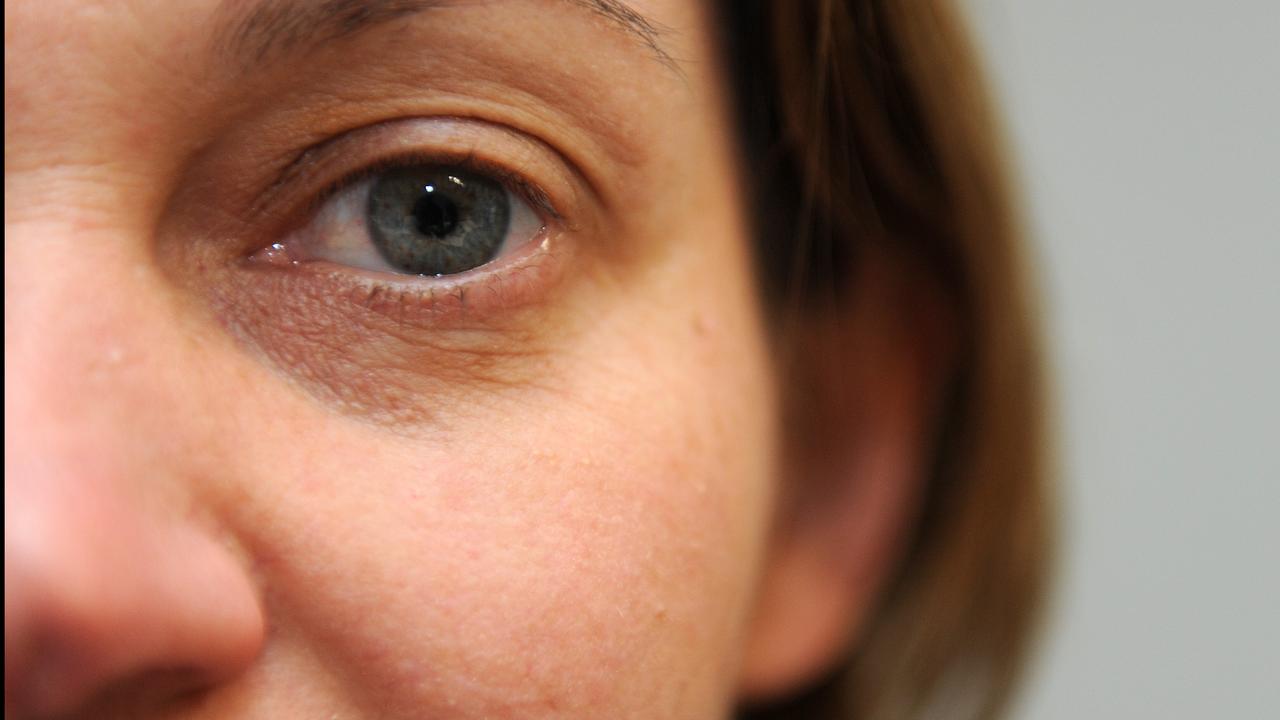WHAT WAS CLAIMED
Smartphone infrared light performs optogenetics on human brain cells.
OUR VERDICT
False. Optogenetics works only on genetically modified cells and requires powerful light in a different wavelength to infrared light from phones.
AAP FACTCHECK – The infrared light emitted from smartphones cannot control human brain cells via a biological technique called optogenetics, despite claims on social media.
Experts say optogenetics can only be performed on cells that have already been genetically modified to respond to light, and it also requires powerful light that's a different wavelength to infrared light in phones.
A man in a Facebook video claims that infrared light from smartphones can perform optogenetics as background footage purportedly shows night vision video of lights flashing from phones on people's faces on a public street.

"You can see the light going off. These flashes of light can turn on and off the function of cells," he says.
"... you don't even know this is going on, that your face is being flashed with this, optogenetically modifying things, and this is happening right now.
"Is this a form of mind or thought control … ?"
Some of the posts' captions also allege phones are "flashing the mark of the beast on people's foreheads with invisible IR light" along with the accusation that "LED lights and phones [are] being used for mind control …"
Smartphone manufacturers like Apple use infrared technology for facial recognition systems, including Face ID.
However, experts said optogenetics was a biological technique that could only be performed on cells that had been genetically modified to be sensitive to light by adding light-sensitive proteins.

Wendy Imlach, a Monash University neuroscience expert, said the light flashes from phones seen in the video would not affect the brain.
"These flashes of IR light won't do anything to the activity of neurons or other cells in the brain and are quite different from optogenetics," she told AAP FactCheck.
Associate Professor Imlach said that for optogenetics to work, neurons must be genetically modified with light-sensitive proteins under laboratory conditions.
She said the light used in optogenetics needed to be a laser or intense LED, which were much brighter than the light emitted from phones.
Assoc Prof Imlach explained that specific wavelengths of blue or orange light, which weren't the same as infrared, were required to activate genetically modified neurons.
Infrared light emitted by phones was far too weak to influence neurons or brain cells in any capacity, she added.

"Infrared light can be detected as heat, so our skin cells and peripheral sensory nerves could pick up this signal if it was strong enough, but it would just feel warm," she told AAP FactCheck.
"However, this signal from phones is way too low to do anything to cells. It definitely wouldn't do anything to central neurons."
Nick Spencer, a neuroscience expert at Flinders University and former Optogenetics Australia chair, also said the claim was false.
He said optogenetics could only be performed on cells that have been genetically modified to respond to light.
"All I can see is flashing lights. This is not optogenetics," Professor Spencer told AAP FactCheck.
"What the video is trying to demonstrate is unclear, but it does make unequivocally false statements regarding optogenetics in humans."
AAP FactCheck is an accredited member of the International Fact-Checking Network. To keep up with our latest fact checks, follow us on Facebook, Twitter and Instagram.












